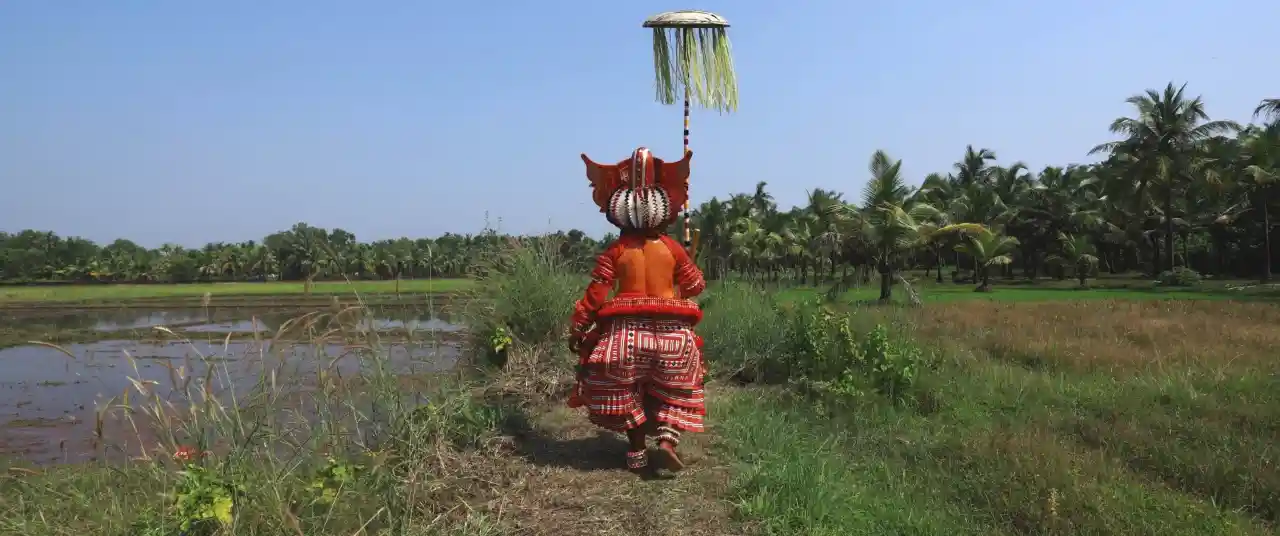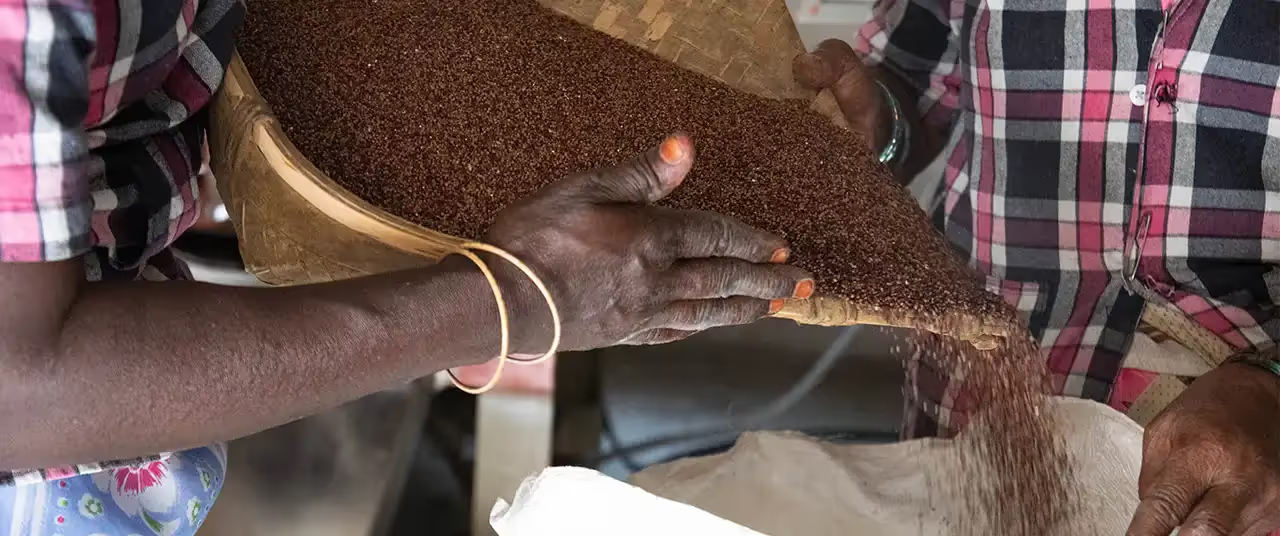The most common meal from a Sherpa kitchen, and perhaps the most comforting for me was the dal-bhat (lentil-rice). It is served with fresh greens grown in the kitchen garden, locally cultivated potatoes and a chilli chutney, just perfect to warm you up in the freeing cold. I had two delicious meals, one in Phakding village at a height of 2,610 m, and the second at Dingboche village at 4,4,10 m. Our common joke was: “Dal-bhat power, 24 hour”!
The fluffy soft Tibetan bread, locally known as Tsampa or Sherpa bread, is made of white flour that is kneaded with some oil and sugar. It was the perfect accompaniment to a cup of tea I sipped at Dingboche village at 4,410 m.
Uwa, a traditional variety of barley, is grown by the Sherpas in the Everest region. But it is slowly fading as rice is becoming more popular. In the image you can see women harvesting Uwa growing in small patches of land in Phakding village.
There is something surreal about eating pizza, burger and spaghetti in the dizzying heights of the Sherpa villages. But they have come to stay as they pander to the palates of Western travellers who come in their hundreds.
You can find these items in the Sherpa kitchens right up to the Everest Base Camp.
Yak cheese, locally known as chhurpi/ chhurpe, is one of the hardest cheeses in the world. Packed with protein, it has a smoky flavour. The trick is to keep it in your mouth and chew on it till it gradually becomes softer, providing energy on the way.
Chhurpi is made from the milk produced by chauri – a cross between a male yak and a female cow. In the image you can see a Sherpa woman selling chhurpi on the way to the Everest Base Camp.
What they lack in resources they make up in hospitality. Sherpas serve freshly cooked food and you can ask for any number of helpings if you are having the thali. These kitchens are run by the local Sherpa women. This is a Sherpa kitchen in Thamsherku Lodge, Kyangjuma village (3,550 m).
Dish-type parabolic solar cookers are slowly becoming popular in the Sherpa villages, which is cutting down the use of firewood. Here, a guest house owner is boiling water in a kettle in a parabolic solar cooker in Lobuche village (4,940 m).
The Everest region in Nepal now has fancy coffee shops no different from those in posh big cities. This Himalayan Sherpa Coffee house is on the way from Lukla to Monjo village.
As packaged food items such as chips and bottled drinking water have become popular in the Everest region, non-biodegradable waste is on the rise. The region has no facilities to process or safely dispose of such wastes. Majority of it is burnt in the open. ‘Carry Me Back’ is a special campaign that urges trekkers to carry back these 1-kg bags of dry waste down till Lukla from where it gets transported for proper disposal.



























